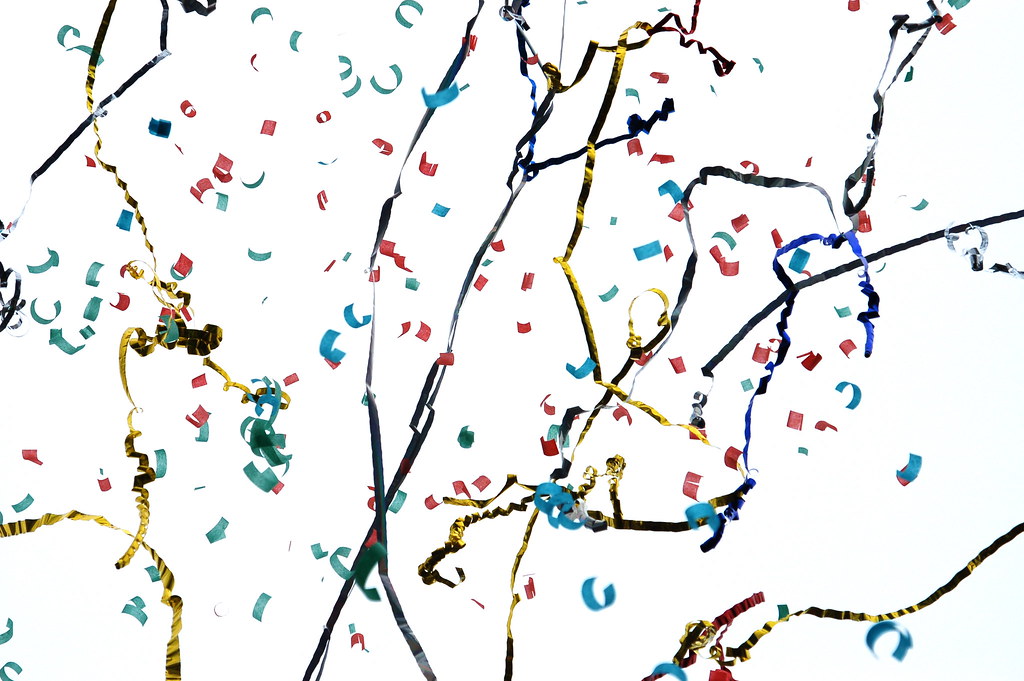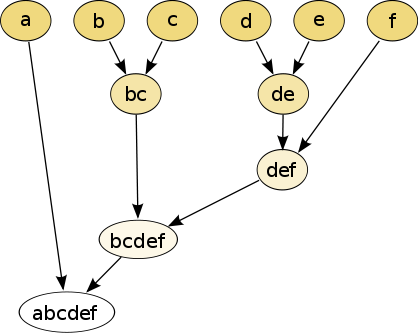| Swayne, Steve. "The Parthenon Athens". 1978. Public Domain. |
Why open architecture competitions are good for Architects, a counter argument
Author:
The author, Karen Clento, is a writer for the website archdaily. She writes exclusively about architecture and has more posts on archdaily than I am able to count. She has worked with the highly prestigious New York architecture firm Marvel Architects.
Audience:
Because of the specific nature of the article and the public's little knowledge of "architecture competitions" this article is geared towards just the architecture community. The author is speaking towards the community and arguing in favor of competitions. She also uses terms like "we" referring to we, as architects.
Context:
This text is presented in the form of a website article on a website that the general public wouldnt know about. The website is geared towards the architecture community. This post is a direct response from a blog post written by another author. This article is presented in a way that readers are expected to know the background of competition hiring in the architecture world.
Why Open Architecture Competitions Are Bad for Architects?
Author:
The author, Derek Leavitt is a co-founder of Modative, a modern architecture firm/blog "about modern architecture, design, development + modative happenings". Derek is a USC graduate and architect.
Audience:
Because of the specific nature of the blog and the public's little knowledge of competitions regarding architecture jobs, this blog is geared towards just the architecture community. (VERY similar to the above article).
Context:
This article is more casual and uses more jargon than the above article, making it feel less credible. It is also posted on a blog, and it doesn't use any specific evidence to back up the argument. Without evidence, the text reads like a angry rant, rather than a well put together argument.
The Potentials and Pitfalls of Crowdsourced Architecture
Author:
The author, Aaron Betsky is a critic and author of more than a dozen books on architecture and design. Aaron is currently the dean at the Frank Lloyd Wright School of Architecture at Taliesin and Taliesin West. (for those who aren't familiar, Frank Lloyd Wright is one of the most admired american architects of all time).
Audience:
Because this article was posted on architectmagazine.com, it is geared towards the architecture community as the general public doesn't have a lot of knowledge on specific architecture websites. However, this article is very similar in format to a QRG.
Context:
This article was published on architectmagazine.com, it is in article format. While this article does present an argument against crowdfunding in architecture, this article is presented as a QRG, It presents both an argument against and for architecture crowdfunding. Because this article presents ideas from both sides, it wont specifically work as well for this project assignment.
Reflection:
After reading through Isabel and Jayni's blog posts, I have learned that I am on the right track with my evaluation of my rhetorical situations. I found that they too had cited some texts that were more like a QRG than an argument, so it is important for all of us to distinguish the difference and find a compelling enough argument. It was also interesting that Jayni used a table to organize her information, so her post was really easy to navigate.



















